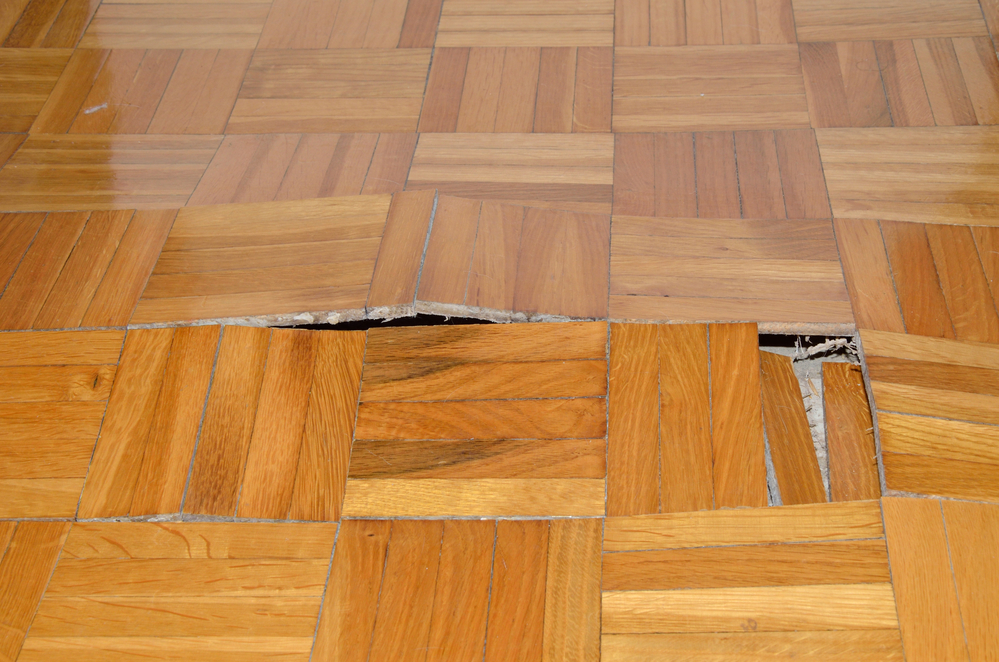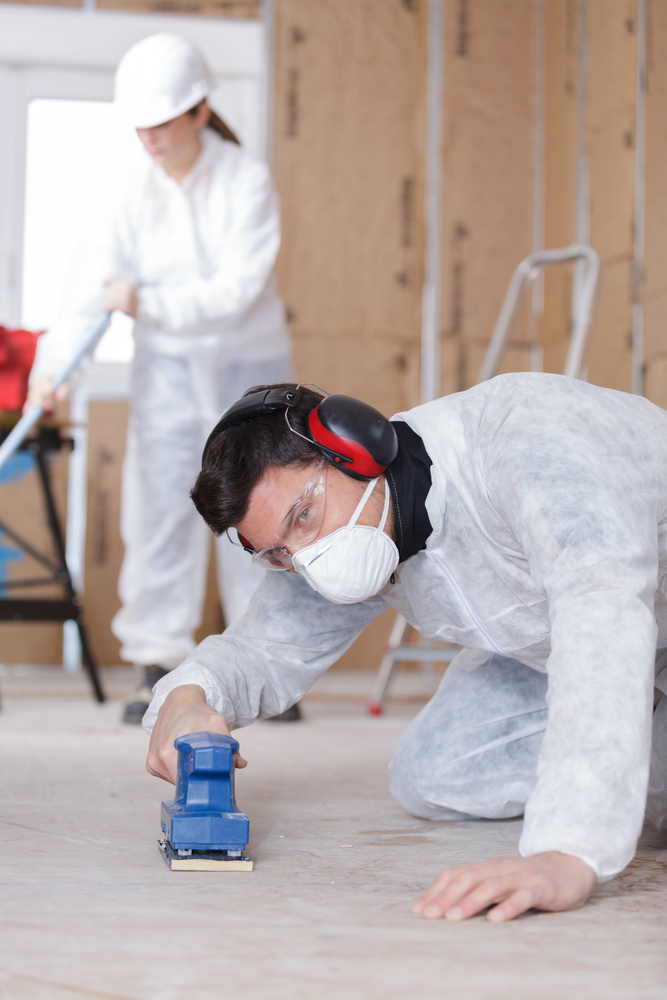One fantastic way to improve the look of your living space while increasing the value of your home is to do a wood floor restoration project. While many homeowners know that wood floor restoration is a great home improvement project, when should you do it?
There’s not one straightforward answer.
Much of a wood floor restoration project depends on the homeowner’s personal preference. Many homeowners’ top priority is to keep their floors in tiptop shape. There are others, however, who let years and years go by before even considering a floor restoration service.
The amount of foot traffic your floors get is also a significant determining factor. Households with little children and pets have a tendency to wear out and damage their wood floors more.
While these factors can vary depending on your preferences and lifestyle, wood floors should get a restoration service once every ten years.
Restore or Recoat?
The National Wood Flooring Association recommends a recoat every three to five years, or if your floors have started to look dull and lifeless. However, a full restoration is recommended when you see significant dents, scratches, and damage to your flooring.

Either way, a wood floor restoration specialist can examine your floors for you and make their recommendations.
How can you tell for sure that your floors need a restoration service?
Scratches, discolorations, and dings on your hardwood flooring don’t always mean that you need a restoration service as soon as possible. Additionally, identical-looking floor planks don’t always prohibit a necessity to have them refinished.
Also, there are cases when restoring wood floors can actually damage them – rather than fixing the issue. For instance, you may mistakenly strip away a beautiful and unique grain pattern that had been forming on your floors over a period of time.
To know more about when to do a wood floor restoration service, here are some helpful tips.
Take a considerable amount of time to examine your wood floor. If you see mostly minor scratches or you notice a little fading in the finishing, then you can pass on a restoration job at the moment. Instead of going for a complete restoration, you can do we call in what we call in the flooring industry as a “buff and coat.”
A buff and coat is the process of getting floors screened and coated. It’s a lightweight, non-abrasive technique of refreshing the look of your wood floors. Screening and coating your floors is equivalent to scruffing them up with a buffer. Your floor restoration specialist will then apply a fresh polyurethane coat.
A buff and coat is regarded as a lightweight restoration job because you’re not doing any changes to the wood element of the floor at all. You’re only touching the polyurethane layer on the surface of the wood. When all is said and done, a buff and coat, or screening and re-coating, can give your floors the fresh new look you want.

Screening and re-coating is the way to go if your floors only have minor issues. However, let’s talk about the other end of the spectrum. If you see severe signs of damage, such as water damage, splitting, sagging boards, warping, or deep scratches, then you may need more than a wood floor restoration service. You’re most likely better off replacing the damaged wood planks rather than just opting for a refinish.
Another scenario is when you only need a few boards replaced. This usually happens when you’ve had that part of the floors restored, but the finishing has worn off. When this happens, then your wood floor is a good candidate for a restoration service.
Using the Right Flooring Restoration Equipment
The flooring restoration process begins with sanding the floors. This sands away the original finish and eliminates surface-level scratches and dings.
If you try to go the do-it-yourself route when it comes to sanding your floors, then you might end up with more damaged floors, resulting in a more significant expense of fixing the damages.
Thus, we highly recommend turning to professionals to do the job right. With a professional flooring specialist doing your restoration, you can avoid sanding issues.
Under-sanding leaves marks of old finish or stains. Over-sanding, on the other hand, can result in scratches unfixable by amateurs.


